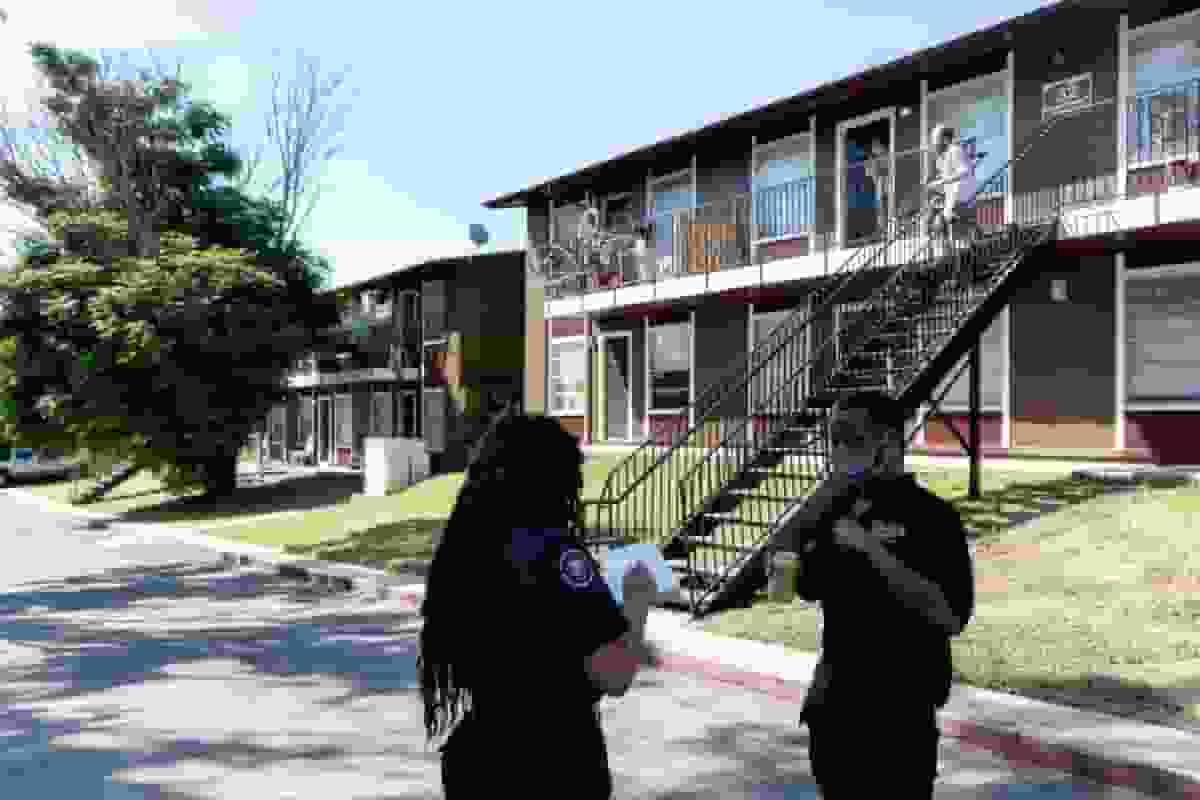HUD sets rental caps to 30% or less of each AMI revenue level.

Area Median Income ( Photo: San Antonio Heron )
San Antonio-New Braunfels area increased by about 6% this year
The changes mean more people will be eligible for housing subsidies, but rents could also rise. The U.S. Department of Housing and Urban Development recently announced the 2023 Regional Median Income (AMI) and associated income limits that determine whether households in a given area are eligible for the Housing Assistance Program. HUD calculates that the maximum rent for a family of four receiving 60% of AMI, or $52,680, could increase to about $1,320. Under the 2022 limit, 60% of AMIs are $50,100, and the rent paid by this family never exceeded about $1,250.
HUD uses census data and inflation estimates to determine a region’s AMI and calculates income ranges within the region
High AMI prices are a double-edged sword for low-income residents struggling to pay their rent. While higher income limits will make more people eligible for rent and home improvement assistance, landlords who rent to tenants through most federal housing programs will still be able to use their previous AMI. If a tenant’s lease expires, they may legally increase their rent. The federal government tried to balance what was happening across the country.
READ ALSO: Many Americans May Have Experienced A Significant Rise In Their Credit Ratings




![Tyson Foods Plant [Photo: Food Manufacturing]](https://southarkansassun.com/wp-content/uploads/2023/08/iStock_1185520857__1_.5e441daa51cca-600x337.jpg)







![Silverado Senior Living Management Inc. [Photo: Los Angeles Times]](https://southarkansassun.com/wp-content/uploads/2023/10/download-6-4-600x337.jpg)

![China's Wuhan Institute of Virology [Photo: Nature]](https://southarkansassun.com/wp-content/uploads/2023/09/d41586-021-01529-3_19239608-600x337.jpg)
















